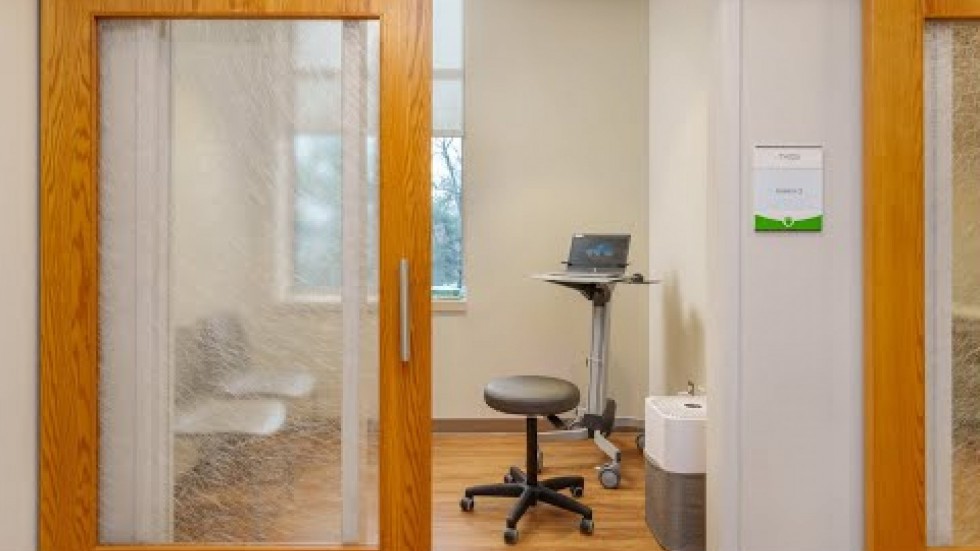Electroconvulsive Therapy (ECT)
Electroconvulsive therapy (ECT) is a procedure that uses low-frequency electrical currents to alter brain chemistry. This treatment often reverses the symptoms of severe psychiatric conditions even if other treatments, such as medications, have not been successful.
Conditions that are often treated with ECT include:
- Depression
- Schizophrenia
- Autism spectrum disorder with self-injurious behavior (SIB)
- Dementia from Parkinson’s disease
- Catatonia (an unresponsive state where a person is awake but doesn’t move or speak)
- Postpartum psychosis
- Suicidality (high likelihood of committing suicide)
In ECT, electricity is used to stimulate specific areas of the brain, using a series of brief, controlled pulses. Patients receive anesthesia, meaning that they sleep while receiving treatment. Most patients do not feel anything while receiving ECT treatment.
A specially-trained psychiatrist conducts the ECT procedure. Throughout the procedure, nurses monitor brain waves, blood pressure, heartbeat, and oxygen saturation. Once the patient is asleep, a small, carefully controlled amount of electricity is passed between two electrodes on the patient’s head. When the electrical current is passed, a generalized seizure, visually lasting about one minute or less, is produced in the brain.
Once the procedure is completed and the anesthesia has worn off, the patient awakens and is transported to a recovery room for observation before they leave. The entire procedure and recovery process
People can receive electroconvulsive therapy as an inpatient procedure, while in the hospital. They can also receive ECT as an outpatient procedure, meaning you or your loved one can go home shortly after the therapy session. After waking up from anesthesia, some people may experience headaches, muscle soreness, or nausea - this is normal.
Your specific diagnosis and needs will determine how many ECT treatments you need in order to feel relief. After treatment, some people go for years without experiencing severe symptoms, while others may require “maintenance” sessions up to once a month. Some people continue taking medications for their mental health after receiving ECT.
Learn more about ECT in this video

1 / 1